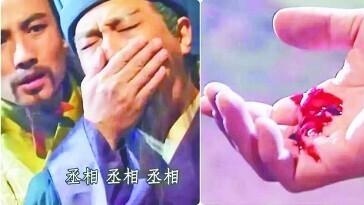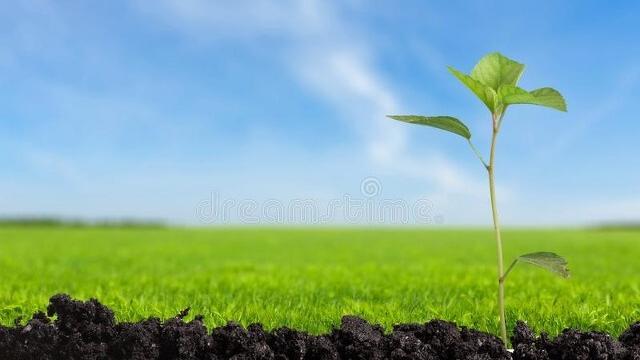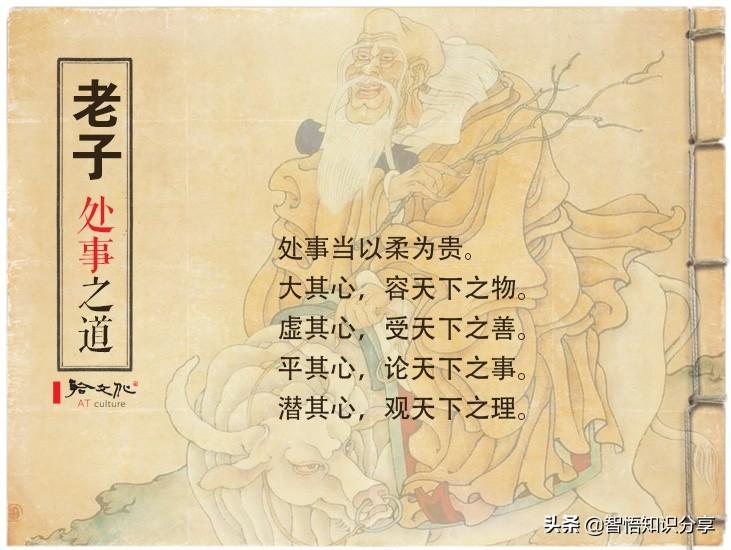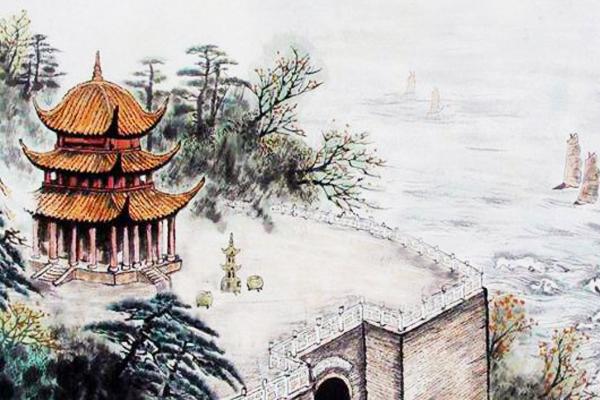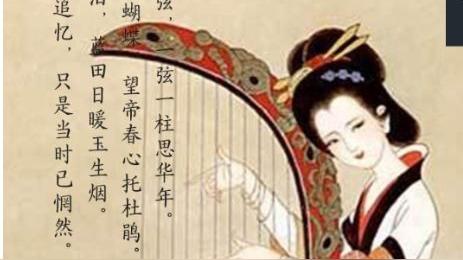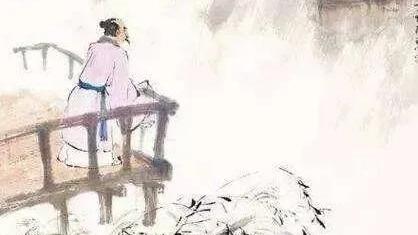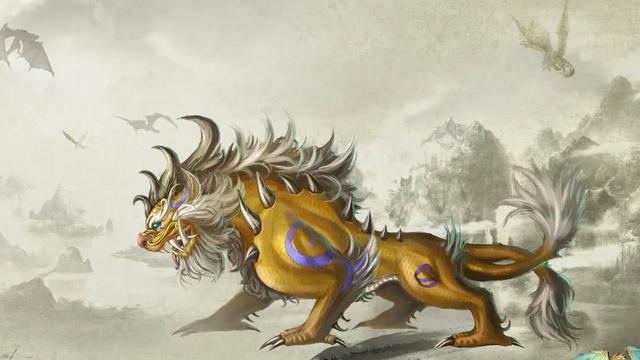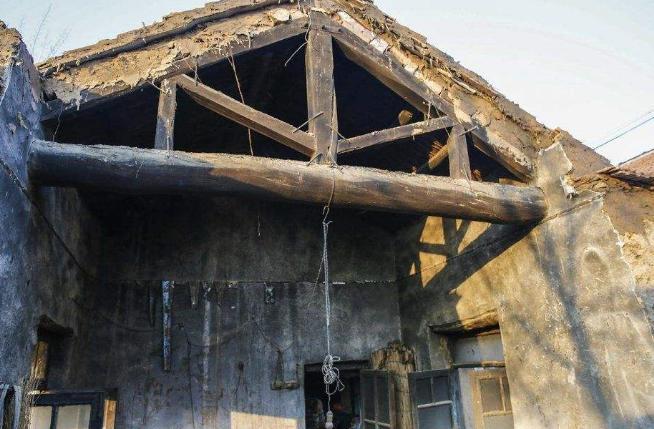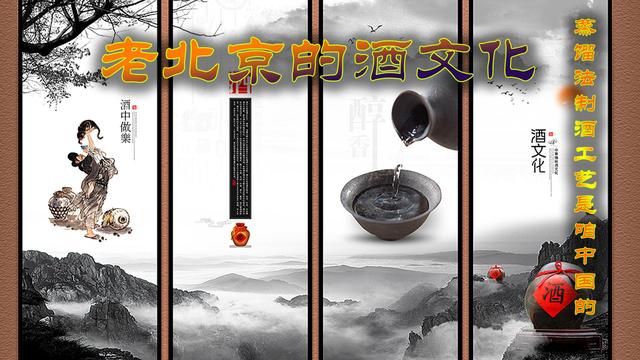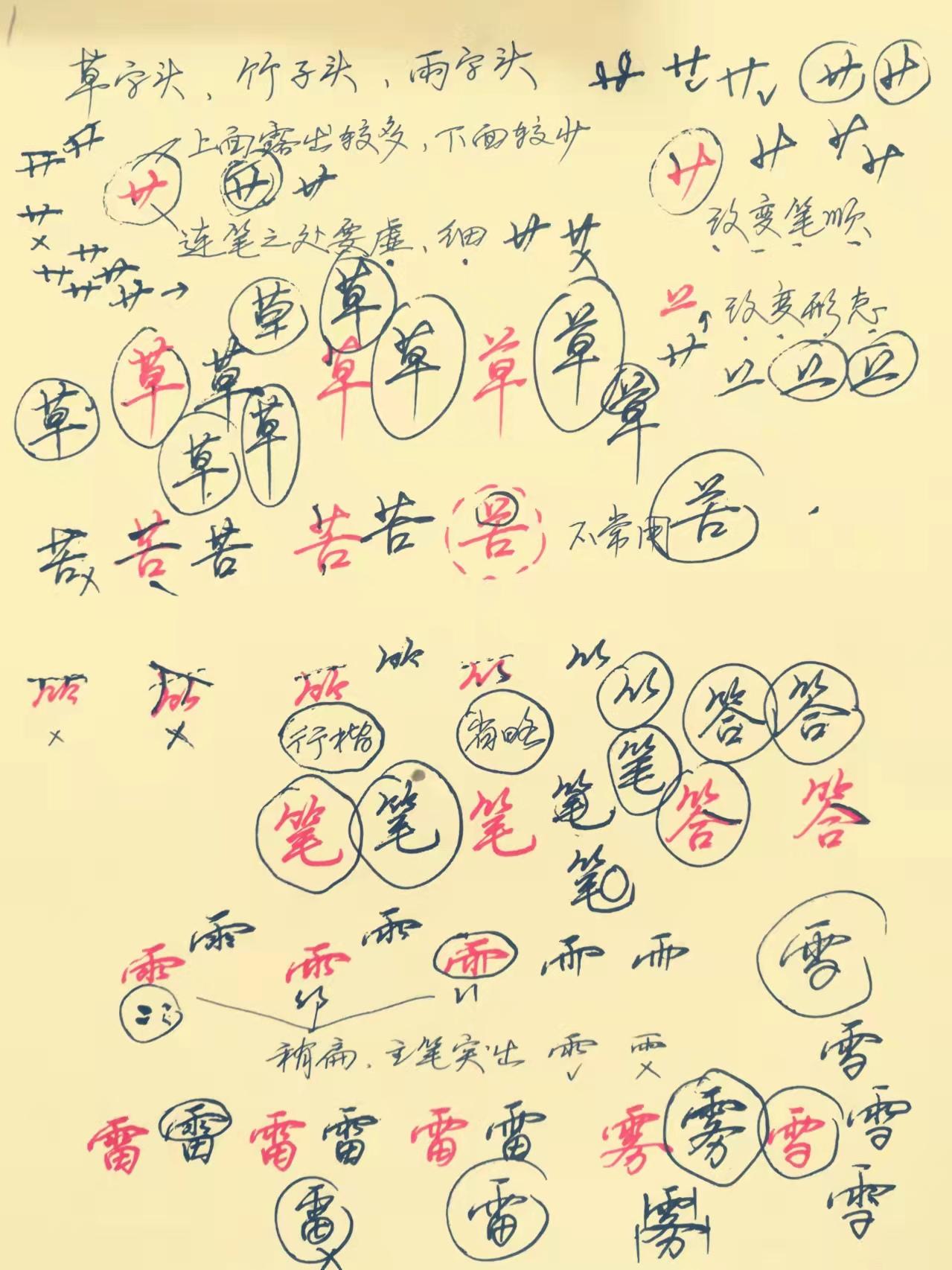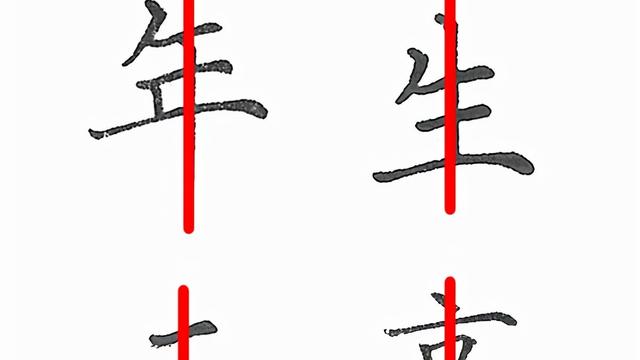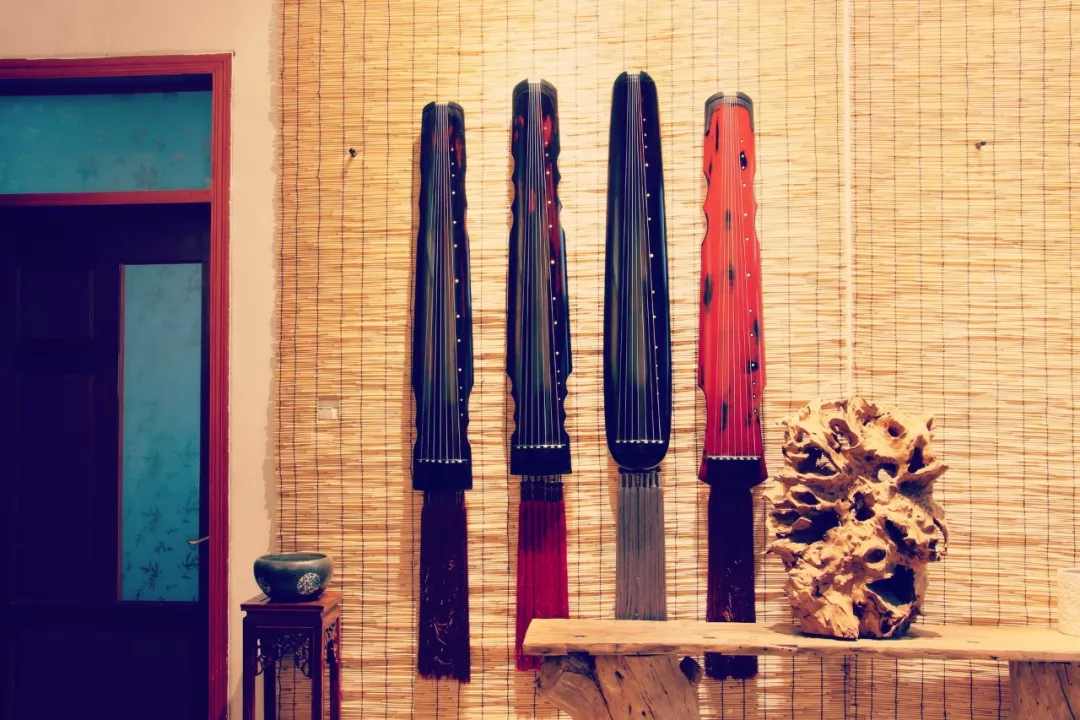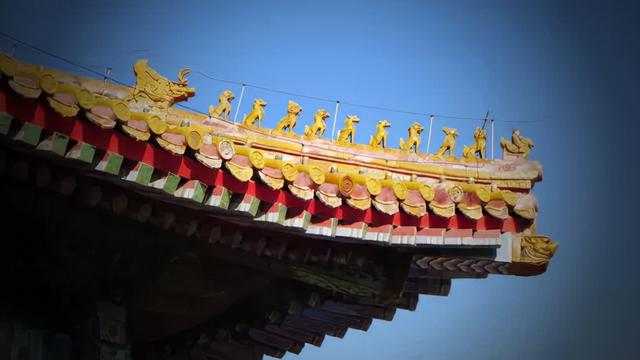为什么圣诞节的代表颜色是红配绿?
看到红红绿绿的装饰和小灯,你就知道,圣诞节快到了。为什么红色和绿色会成为圣诞季的专属配色呢?

Photo by Toni Cuenca on Unsplash
As the last Thanksgiving leftover is consumed and the calendar flips to December, the unmistakable red-and-green flood of the Christmas season comes into view. The two colors fill malls and living rooms around the world, and adorn nearly every decoration, strand of lights, and ugly sweater on store shelves. The Christmas season is inextricably connected to this color combination—but why?
随着感恩节大餐的最后一点剩菜被扫尽,日历翻到了12月,圣诞季满目的红红绿绿开始映入眼帘。世界各地的商场和客厅都布满了这两种颜色,几乎每一处装饰、彩灯甚至连商店货架上的丑毛衣都是红配绿。为什么圣诞季和这种配色密不可分呢?
While there may be no definitive consensus on how this color scheme came to be, there are a few interesting candidates for the official answer.
尽管对于红配绿是如何成为圣诞专属配色并无公论,但还是有几种有趣的说法可供参考。
CANDIDATE 1: PARADISE TREES
起源一:传统剧目《天堂》中的树

Photo by Tj Holowaychuk on Unsplash
Probably the most obscure of the hypotheses suggests red and green may go back to Paradise Plays, which were a traditional play performed on Christmas Eve about the Fall of Man and Adam and Eve’s banishment from the Garden of Eden. The story can’t be recreated without a tree, and since it was winter, any good-looking tree was probably an evergreen. You also need a fruit to hang from it—say, a red Apple or a pomegranate.
这很可能是各种假说中最晦涩的一种,这种说法认为,圣诞节和红配绿的关联可能起源于圣诞前夜上演的传统戏剧《天堂》,该剧讲述的是人类的堕落以及亚当夏娃被逐出伊甸园的故事。这出戏离不开树,而冬天里只有常青树还好看点。树上还需要悬挂水果——红苹果或者红石榴。
It’s widely thought that as the Paradise Play died out, the tree remained—and turned into the modern Christmas tree. The red of the fruit and the green of the tree linked the two colors in popular imagination with the Christmas season.
人们普遍认为,在戏剧《天堂》淡出舞台后,戏中的树却保留了下来,并演变成现代的圣诞树。水果的红色和树的绿色成为大众心目中圣诞季的代表颜色。
CANDIDATE 2: HOLLY
起源二:冬青树

Photo by Annie Spratt on Unsplash
Religious Studies professor Bruce David Forbes theorizes that medieval Europeans were looking for something to do during the bleakness of winter. So, why not party?
宗教学教授布鲁斯·戴维·福布斯的理论是,中世纪的欧洲人寻找可以在凄冷的冬天做的事。于是他们想,何不开个派对呢?
And that party “would feature evergreens, as signs of life when everything else seems to have died, plus other plants that not only stay green but even bear fruit in the middle of winter, like holly or mistletoe.” (Although mistletoe berries are actually white.) These bright reds and greens in the middle of winter may have made them natural candidates for the colors of Christmas.
这个派对“将会有常青树,在万物萧瑟时常青树象征着生命,还有一些常青树能在深冬中结果,比如冬青树或槲寄生”。(不过槲寄生的果实是白色的。)深冬之中的这抹鲜红色和绿色很自然地成为了圣诞节的代表颜色。
CANDIDATE 3: ROOD SCREENS
起源三:圣坛屏

Mental Floss网站截图
In 2011, Cambridge University’s Spike Bucklow commented, “We ... recognize holly as being a quintessentially Christmas plant. That red and green is in our psyche because of the Victorians, but it was in their psyche because of the medieval paint that we can still see on 15th- and 16th-century rood screens.”
2011年,剑桥大学的斯派克·巴克罗评论道:“我们……意识到冬青树是典型的圣诞植物,而红配绿是因为维多利亚时代的人而深入人心的。他们对这种配色的情结源于至今仍然可以在15世纪和16世纪的圣坛屏上看到的中世纪涂色。”
quintessentially[kwɪntɪˈsenʃəli]:adv. 典型地;标准地
psyche[ˈsaɪki]:n. 灵魂;心智
Rood screens were an integral part of Western churches up until around the time of the Reformation. Their purpose was to separate the nave (where the congregation sits) from the chancel (around the altar, where the clergy would be) and were intricately designed with local saints, donors, or other figures.
到宗教改革时期为止,圣坛屏一直是西方教堂中必不可少的一部分。圣坛屏的用途是把教堂的中殿(教众坐的地方)和高坛(圣坛周围,神职人员站的地方)分开,屏上画着当地圣人、捐赠人或其他人物的精美画像。
integral[ˈɪntɪɡrəl]:adj. 构成整体所必须的,不可缺少的
nave[neɪv]:n. (教堂的)中殿
chancel[ˈtʃænsl]:n. 高坛
According to Bucklow, popular combinations of colors were red/green and blue/gold, with one pair of colors being watery (blue or green) and one fiery (gold or red). Bucklow suggests that these colors were part of a representative barrier—separating the more earthly parishioners from the more spiritual altar and sanctuary.
据巴克罗称,圣坛屏常见的颜色组合是红/绿色和蓝/金色,一组颜色是水的颜色(蓝色或绿色),一组颜色是火的颜色(金色或红色)。巴克罗指出,这些颜色代表着一种屏障,将世俗的教区居民与精神的圣坛和圣所分隔开来。
By the time of the Reformation in England, rood screens had largely fallen out of use. In the years afterward, they would be vandalized or ignored as they decayed. Centuries later, according to Bucklow, the Victorians began restoring these rood screens and noticed the red/green color combination. It’s possible that they adapted this red and green color scheme for a different boundary: when one year ended and the next began.
在英格兰发生宗教改革之前,大多数圣坛屏已经被弃之不用。此后多年,人们或是对其肆意破坏,或是任其腐坏。据巴克罗称,几百年后,维多利亚时代的人开始修复这些圣坛屏,并注意到了上面的红/绿配色。他们可能将这种配色代表的界限换成了另一种:旧岁和新年的界限。
英文来源:Mental Floss
翻译&编辑:丹妮
